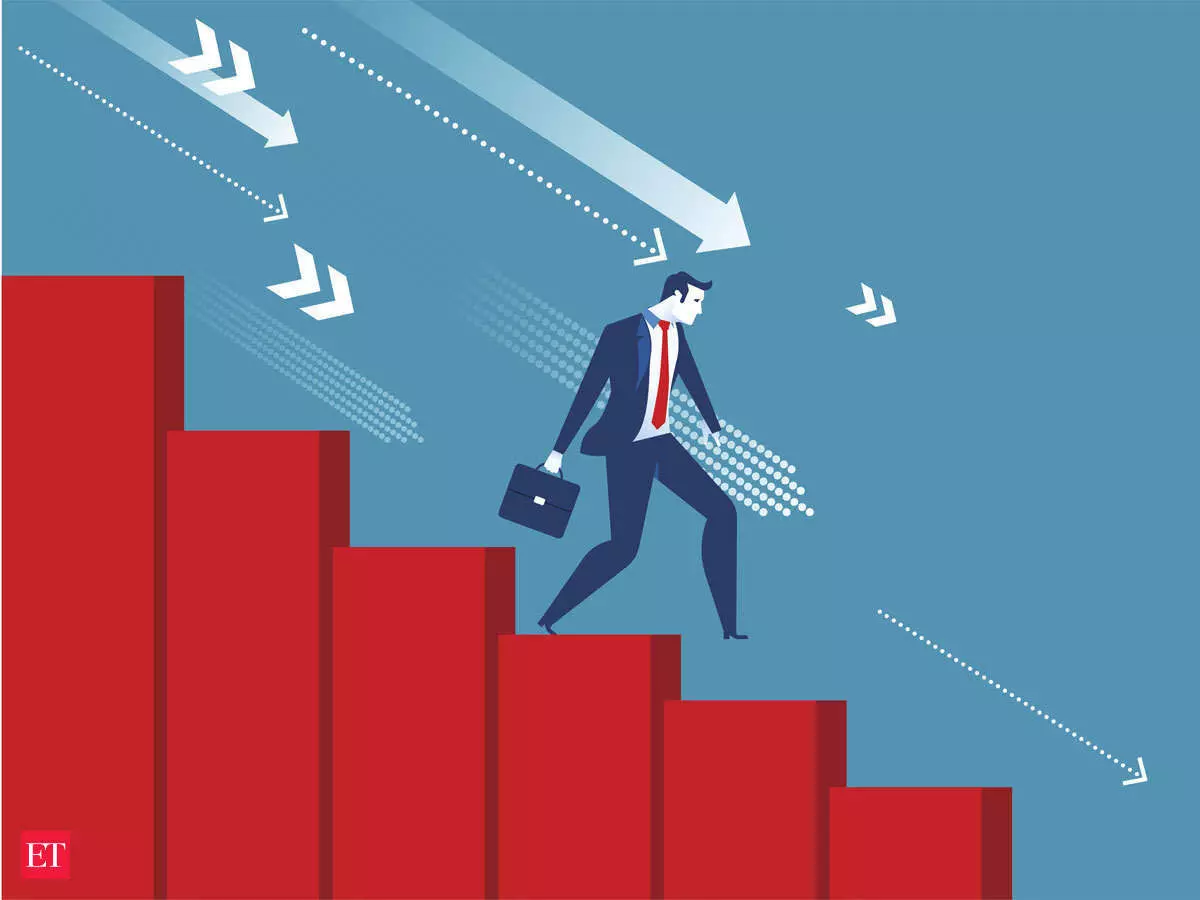How global recession and weakening rupee is killing Indian students' American dream
With the recession abroad, immigrant students are worried about the completion of their existing courses. The ones who have enrolled recently are concerned about the delay in the enrollment process, leaving aspirants in doubt about their future study plans.
By Newsmeter Network
Students are seeking top-up loans to survive the weakening Indian Rupee and soaring inflation, a by-product of recession, in the US. Indian students who wish to enroll in undergraduate or graduate studies abroad are currently faced with unfeasible financial conditions.
Reserve Bank of India (RBI) recently increased the interest rates on student loans, which made things worse. The American dream, for many, is in jeopardy due to the greater loans and EMIs that would be required for the average Indian student who wants to study at an American university.
With the recession abroad, immigrant students are worried about the completion of their existing courses. The ones who have enrolled recently are concerned about the delay in the enrollment process, leaving aspirants in doubt about their future study plans.
According to Global Employment Trends for Youth estimates, the overall number of young people without jobs worldwide will reach 73 million in 2022, a small increase from 2021 but still six million more than the pre-pandemic level of 2019.
As per the "Insider Higher Ed'' news, the year 2022 has witnessed a steady decline of 7.5% in college enrollments. The recession's impact on an economy is often seen like a falling stack of cards, markets collapse depending on the external elements and the connection between the markets. Education is one of the markets which face the impact in a wider way. It is this industry that adds a new workforce by creating professionals. Seven out of 10 students face the recession impact, while the admission or filling of seat process falls by more than 50%.
The declining income leads to higher drop-out rates, some reach out to borrowing through student loans, while others postpone their enrollment into higher education. The recession brings down the number of student immigrants. As a result, scholarships or education aid too go down.
On average, 6.5 million graduates enter the Indian workforce every year. The number of graduates forms a major part of the contribution of the entry of a new workforce into the market each year.
Therefore, making the employment race more competitive creates a need for upskilling, better performance, and swift performance. Companies majorly prefer people who have skills and experience. This ensures a smooth work process and sound balancing. Shared below is the data on the employment rate of graduates of the past decade.
A recession impacts employment at a greater rate. It leads to salary cuts, benefit cuts, job losses, recruitment freeze and much more. The companies postpone training and development. As a part of cost-cutting, they also lay off employees. Three-year employee performance reports are scrutinized and a call is taken depending on the performance reports. Layoffs are also made on the basis of last in, first out, creating a list of employees on probation, and putting the new workforce's careers at stake.
Like the global workforce, students who are pursuing graduation and students who have recently graduated face difficulties in balancing their careers during the recession. However, compared to the existing market workforce, graduates are hit with employment and career issues right at the beginning of their professional careers.